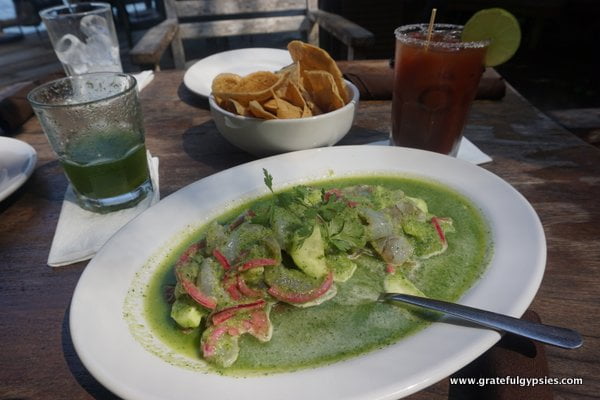Rhetorical Figures in Spanish Literature (Part 2)
As I promised in my previous post, let’s continue revising some of the most used rhetorical figures in Spanish literature.
Hyperbaton
El hipérbaton Is the changing of position regarding the natural word order in a given language.
Del salón en el ángulo oscuro,
de su dueña tal vez olvidada,
silenciosa y cubierta de polvo,
veíase el arpa.
In a dark corner of the room,
by its mistress perhaps forgotten,
covered in dust and silent,
stood the harp.
Fragment of “Del salón en el ángulo oscuro”, by Gustavo Adolfo Bécquer.
Oxymoron
El oxímoron is a self-contradiction that allows for showing either a paradoxical idea or a rhetorical point.
“Alcanzó a dar gracias a Dios por haber nacido, antes de perder la conciencia en el placer inconcebible de aquel dolor insoportable”.
She managed to thank God for having been born before she lost herself in the inconceivable pleasure of that unbearable pain.
Fragment of “Cien años de soledad”, by Gabriel García Márquez.
Anaphora
La anáfora is the repetition of any sequence of words at the beginning of clauses in order to emphasize them.
Temprano levantó la muerte el vuelo,
temprano madrugó la madrugada,
temprano estás rodando por el suelo.
No perdono a la muerte enamorada,
no perdono a la vida desatenta,
no perdono a la tierra ni a la nada.
Too soon death lifted in flight,
too soon the dawn broke,
too soon you’re surrounded with earth.
No forgiveness for lovesick death,
no forgiveness for thankless life,
no forgiveness for earth or nothingness.
Fragment of «Elegía a Ramón Sijé», from El rayo que no cesa, by Miguel Hernández.
Rhetorical question
La pregunta retórica is a kind of discreet statement from the author that is not to be answered, but shows their opinion or point of view.
He olvidado tu rostro, no recuerdo tus manos,
¿cómo besaban tus labios?
I have forgotten your face, I no longer remember your hands;
how did your lips feel on mine?
Fragment of “Un amor”, by Pablo Neruda.
Epithet
El epíteto is the use of descriptive words or even complete phrases that go along or replace names entirely.
“Por ti la verde hierba, el fresco viento,
el blanco lirio y colorada rosa
y dulce primavera deseaba.”
For you the green grass, the fresh wind,
the white lily and red rose
and sweet spring I longed.
Fragment of “El dulce lamentar de dos pastores”, from Égloga I, by Garcilaso de la Vega
Now that you have learned how rhetorical figures work in Spanish, you can use them to enrich your own writing or speech and be more persuasive and interesting.
Posteado en Spanish Articles (Facebook)




